8 Sustainable Products That Actually Work

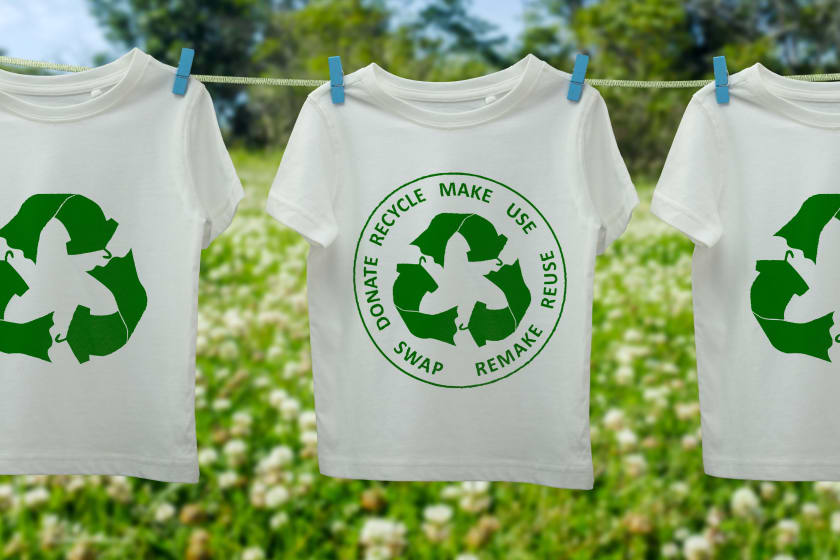

Summary: The earth is choking on plastics, pollutants, and emissions. Perhaps, this is the price we pay for extreme industrialization. Sustainability is the need of the hour if we want to restore balance in our living environment. And here’s how fashion brands can do their bit.
Sustainability: A Global Need
Every year, staggering amounts of single-use plastic make their way into oceans, landfills, and waterways. Just one drum of industrial effluents ending up in water bodies can cause untold damage. Mindless production and irresponsible industrial practices play a big part in this. While the power and agriculture industries have added massively to the ecological burden, the fashion industry is not far behind.
Mindless consumption is consistently met with endless production by fashion brands. This vicious cycle leads to enormous waste generated each year. Most unused materials and fabrics and unsold garments make it to landfills. Clearly, the supply of apparel far exceeds the demand. And it’s time we break the news to fashion brands, big or small!
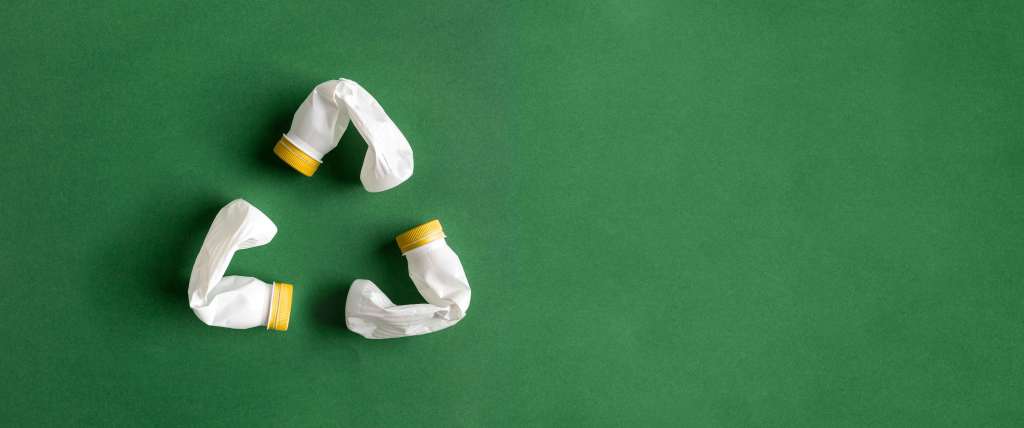
But fabrics aren’t the sole problem. Fashion has been notorious for its consumption of plastic. Statistics show that 27 million tons of plastics were found in landfills, only 3 million of which were recycled in 2018. And that’s just in landfills.
Indeed, every bit counts when it comes to making change. For brands, small changes could pave the way for larger shifts. Let’s check out some sustainable products that can work for fashion brands.
1. Compostable Packaging
Made from fossil fuels or plant-based materials, compostable packaging is the ideal solution for the fashion industry, where single-use plastic is generally the norm. Compostable packaging is not only a green solution but also replenishes the earth with essential nutrients.
2. Eco-Friendly Accessories
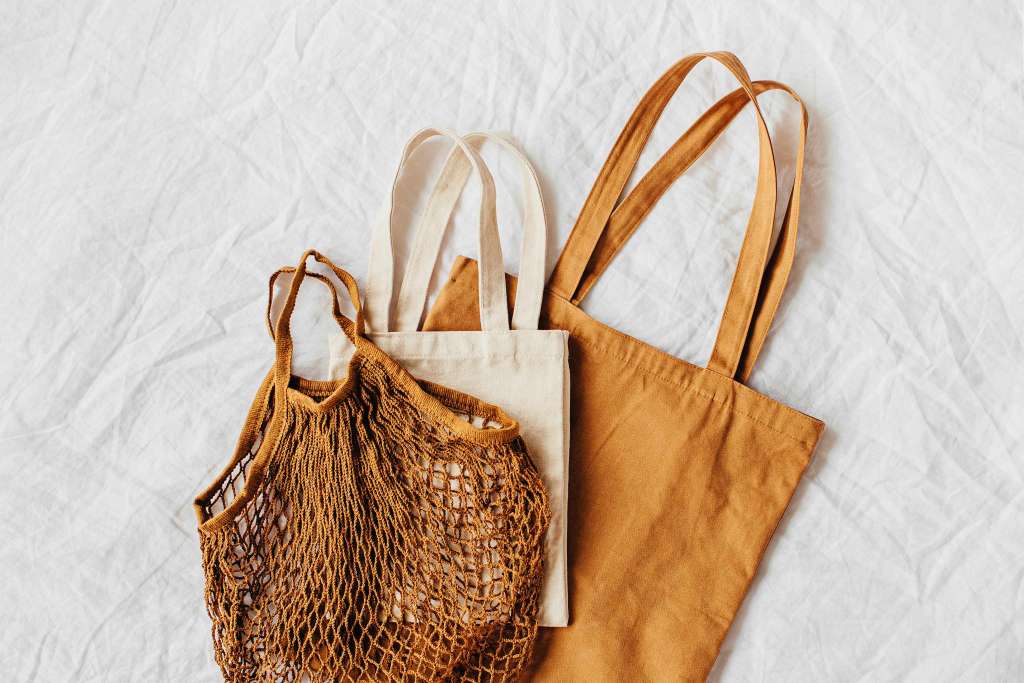
Zips, eyes, and buttons may seem small in the grand scheme of things but can be quite damaging to the environment. Statistics show that plastic buttons and synthetic threads adversely affect the planet and its oceans. Switching to eco-friendly buttons and nickel-free zips makes sense for fashion brands.
3. Lyocell as a Sustainable Fabric
Lyocell became popular in the 20th century as a substitute for silk or cotton. Made from organic materials, this is also a great sustainable substitute for synthetic fabrics such as polyester. It uses less water and energy in processing, making it a viable alternative to nylon and polyester.
4. Natural Dyes
Chemical waste from dyed fabric is highly toxic. Azo dyes are carcinogenic and hazardous to the environment and humans alike.
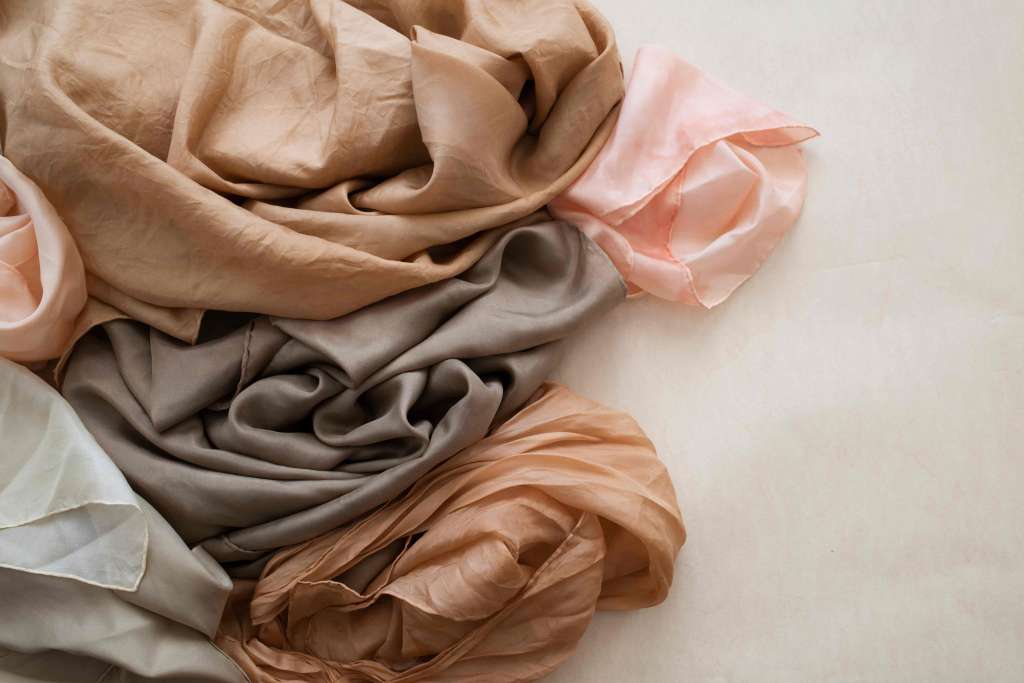
Natural dyes, on the other hand, are made from vegetable, flower, fruit, and insect extracts. These are preferable over chemical ones because they are biodegradable, non-allergenic, and non-toxic. What's more, they come in many color options.
5. SCOBY Leather
SCOBY leather is an eco-friendly alternative to leather. SCOBY is a rubbery microbial mat, sourced from certain bacteria and yeast. It can be harvested and molded to make 100% vegan leather. The advantages are:
· No animal products are used to create it
· The material can be altered to the desired thickness and flexibility
6. Recycled Fabric
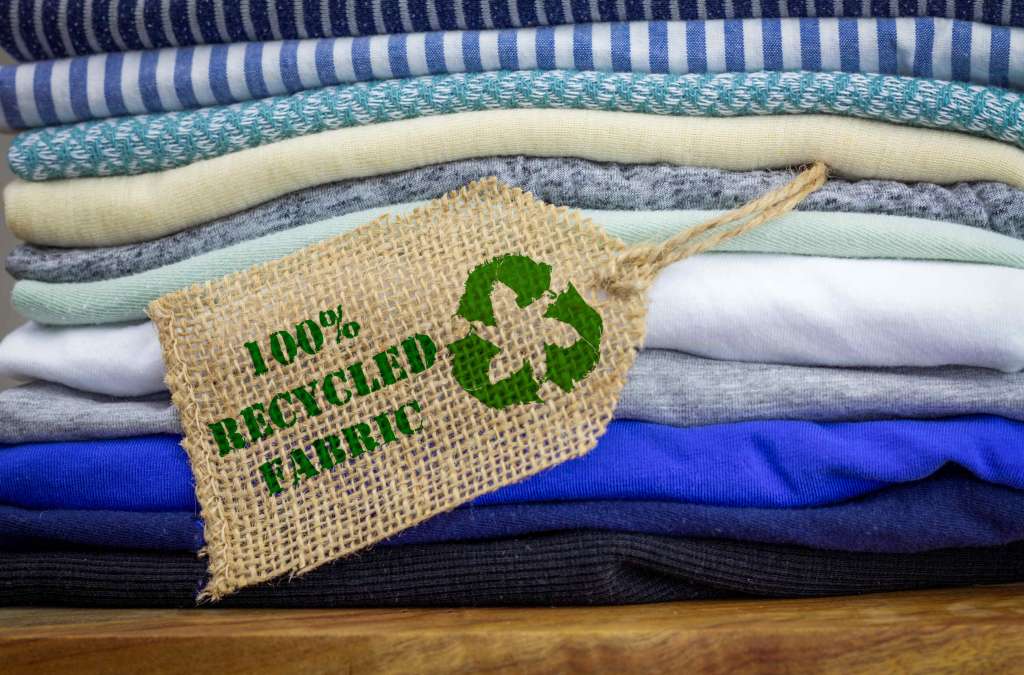
With increasing awareness, consumers are looking for brands that produce sustainable garments. With more brands getting on the eco-friendly bandwagon each year, a shift to recycled fabrics can be beneficial for fashion brands. Patagonia, H&M, and Pact are some brands that have made the switch.
7. Sustainable Carry Bags for Merchandise
Plastic bags used to pack fashion merchandise are one of the most hazardous packaging materials. The toxins from these bags are released into the soil, causing extensive damage. Using sustainable packaging and carry bags is vital, under the circumstances. Some options for fashion brands are:
· Recycled paper bags
· Recycled foldable shopping bags
· Reusable cotton bags
8. Green Surfactants
Surfactants find extensive use in the textile industry. They are used as untangling, wetting, antistatic, and softening agents. Synthetic surfactants end up in oceans, causing unimaginable damage to the marine ecosystem. Thus, switching to green surfactants is vital.
Kelp and marine algae are rich sources of oligosaccharides and complex polysaccharides and are used to make green surfactants. Sustainable cleaning products and chemicals can make a big difference in the fashion supply chain.
Going Green for Good
With each year, the climate crisis only worsens. With this, our future on this planet looks bleak at best. By resorting to eco-friendly alternatives to products used most commonly, such as sustainable cleaning products and compostable packaging, fashion brands can do their bit to save the planet. After all, it’s the only one we have.

Key Takeaways:
- Eco-friendly and sustainable products are small steps toward building a green future.
- The use of simple sustainable products by fashion brands can help reduce pollution.
Fashion is not known for being sustainable. But a lot of manufacturers are now keen on implementing earth-friendly methods in garment production. With Fashinza's technology-driven platform, you can connect with suppliers and manufacturers with ease, track your projects, and know all about where your products are sourced from. With sustainability, your brand can make a mark without leaving a large (carbon) footprint!
To know more, talk to us at Fashinza.com!



















